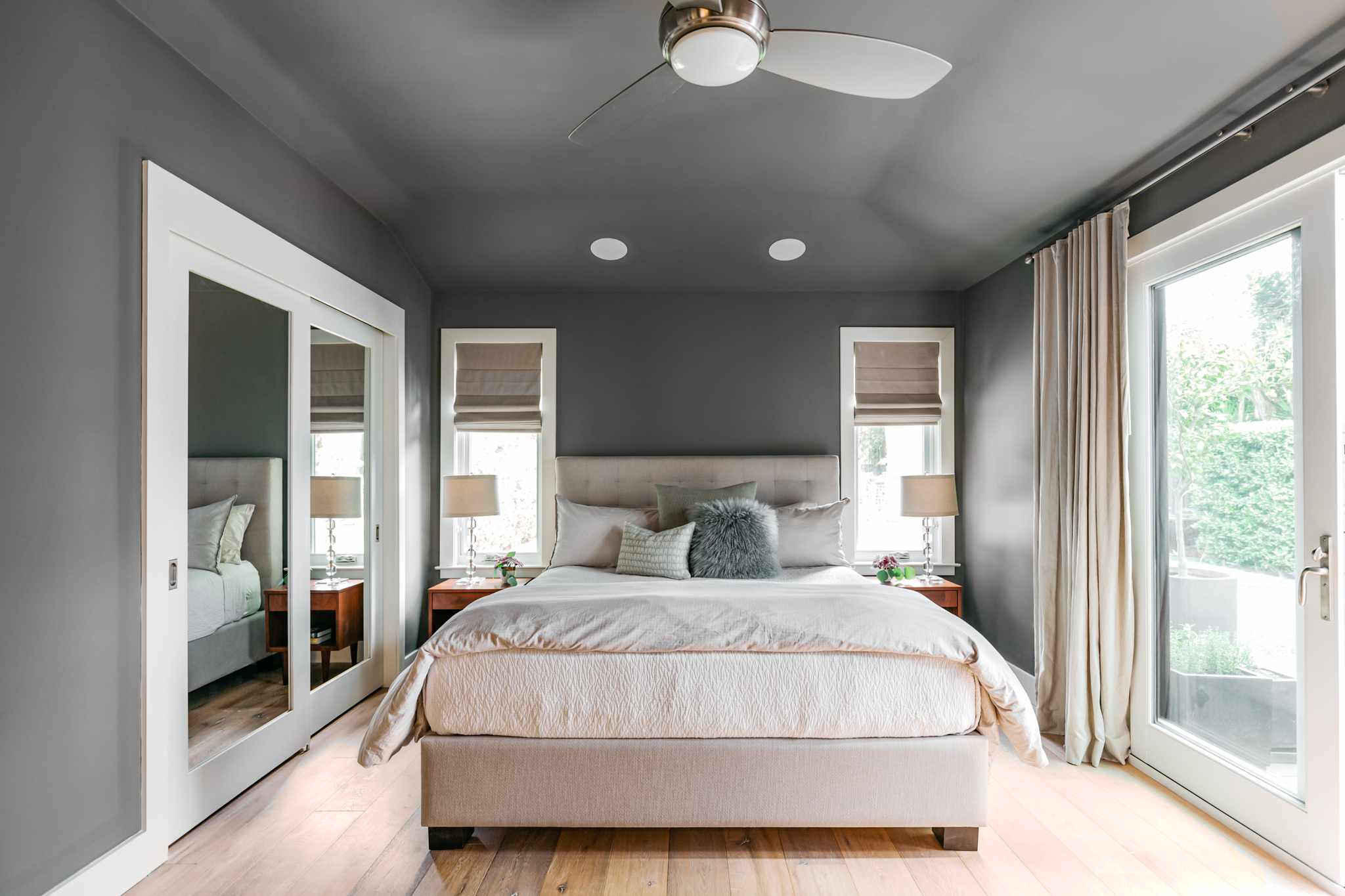

Articles
What Color Should I Paint The Ceiling
Modified: January 5, 2024
Looking for articles on what color to paint your ceiling? Discover expert advice and tips for choosing the perfect ceiling color for any room.
(Many of the links in this article redirect to a specific reviewed product. Your purchase of these products through affiliate links helps to generate commission for Storables.com, at no extra cost. Learn more)
Introduction
Choosing the right color for your ceiling can have a significant impact on the overall look and feel of a room. While most people default to painting the ceiling white, there are actually a variety of factors to consider when deciding on the perfect ceiling color. In this article, we will explore the different factors to consider and the range of color options available, helping you make an informed decision about what color to paint your ceiling.
When it comes to painting the ceiling, it’s essential to take into account the natural light in the room. Natural light has the power to influence how colors appear, so you must consider how the ceiling color will look in different lighting conditions. Rooms that receive ample sunlight throughout the day can benefit from brighter or bolder ceiling colors, as they can add warmth and vibrancy to the space. On the other hand, rooms with limited natural light may benefit from lighter and more reflective ceiling colors, as they can help make the room feel brighter and more spacious.
The size and height of the room also play a crucial role in determining the ideal ceiling color. In rooms with low ceilings, using light or pale colors can create an illusion of height, making the room feel more open and airy. Conversely, in rooms with high ceilings, darker colors can bring the ceiling height down, creating a more intimate and cozy atmosphere. Consider the proportions of the space when choosing the ceiling color to ensure a balanced and harmonious look.
Besides the practical considerations, the overall aesthetics of the room should also guide your decision. Think about the style and mood you want to create in the space. For a classic and timeless look, a white or off-white ceiling can provide a clean and crisp backdrop. If you’re going for a more modern or eclectic style, consider using a bold or contrasting color on the ceiling to make a statement and add visual interest to the room.
Now that we’ve covered the various factors to consider when selecting a ceiling color, let’s explore some of the popular options available. From traditional white ceilings to light and pale shades, dark and dramatic hues, and even bold accent colors, there is a wide range of choices to suit every taste and preference. In the following sections, we will delve deeper into each option, highlighting their unique characteristics and the effects they can have on a room’s ambiance.
Key Takeaways:
- Consider natural light, room size, aesthetics, and personal preferences when choosing a ceiling color. White ceilings create spaciousness, while light colors brighten and dark colors add drama. Bold accent colors make a design statement.
- Test color swatches, seek professional advice, and consider the room’s purpose and style when choosing a ceiling color. Create balance, consider lighting, and aim for a seamless visual flow between rooms. Ultimately, choose a color that reflects your personality and enhances the overall ambiance.
Read more: What Color Should I Paint My Dresser
Factors to Consider
When it comes to choosing the right color for your ceiling, there are several factors that you should take into consideration to ensure a cohesive and visually pleasing room design. Let’s explore these factors in more detail:
- Natural light in the room: The amount of natural light that enters the room throughout the day can greatly influence how colors appear. A room that receives ample sunlight may benefit from brighter and bolder ceiling colors, as they can add warmth and vibrancy to the space. Conversely, rooms with limited natural light may benefit from lighter and more reflective ceiling colors to help make the room feel brighter and more spacious.
- Room size and ceiling height: Consider the size and height of the room when choosing a ceiling color. In rooms with low ceilings, using light or pale colors can create the illusion of height, making the room feel more open and airy. On the other hand, in rooms with high ceilings, darker colors can bring the ceiling height down, creating a more intimate and cozy atmosphere.
- Overall room aesthetics: The desired style and mood of the room should also play a role in your decision. For a classic and timeless look, a white or off-white ceiling can provide a clean and crisp backdrop. If you’re going for a more modern or eclectic style, consider using a bold or contrasting color on the ceiling to make a statement and add visual interest to the room.
- Color scheme and coordination: Consider the existing color scheme of the room and how the ceiling color will coordinate with the walls, flooring, and furnishings. A complementary or harmonious color scheme can create a cohesive and inviting space, while contrasting colors can add a dramatic or focal point element to the room.
- Personal preferences: Ultimately, personal preferences play a significant role in choosing the perfect ceiling color. Consider your own style, taste, and the ambiance you want to create in the room. Don’t be afraid to experiment with different colors and consult color palettes or interior design inspiration for guidance.
By taking these factors into consideration, you can make an informed decision about the ceiling color that will enhance the overall look and feel of your room. In the following sections, we will explore different ceiling color options and their effects on the room’s ambiance, giving you further insights to help you make the right choice.
Natural Light in the Room
The amount of natural light in a room is a crucial factor to consider when choosing the perfect color for your ceiling. Natural light has the power to influence how colors appear, so it’s important to understand how different ceiling colors will interact with light in the space.
Rooms that receive ample natural light throughout the day can benefit from brighter and bolder ceiling colors. These colors can add warmth and vibrancy to the space, creating an inviting and energetic atmosphere. Shades of cream, beige, light yellow, or even soft pastels can work well in rooms with abundant sunlight. These colors will reflect the light and help keep the room feeling airy and bright.
On the other hand, rooms with limited natural light may benefit from lighter and more reflective ceiling colors. Lighter hues, such as off-white, pale gray, or light blue, can help bounce and distribute the available light, making the room feel brighter and more spacious. These colors also have the advantage of creating a sense of calmness and tranquility in the space.
If your room has windows facing both the south and north directions, you may need to consider the different lighting conditions throughout the day. South-facing windows tend to bring in warmer light, while north-facing windows provide cooler and softer light. Understanding these lighting variations can help you choose a ceiling color that works consistently throughout the day.
It’s also worth noting that the time of day can affect how colors appear in the room. Colors can appear different in the morning, afternoon, and evening due to variations in sunlight intensity and color temperature. If possible, observe the room at different times of the day to get a better understanding of how the ceiling color will look in different lighting conditions.
In summary, when considering the natural light in the room, remember that brighter and bolder ceiling colors can enhance a room with ample sunlight, while lighter and more reflective colors can help brighten up a space with limited natural light. By paying attention to the natural light in your room and selecting the right ceiling color, you can create a harmonious and inviting environment that complements the overall design of the space.
Room Size and Ceiling Height
The size and height of a room play a significant role in determining the ideal color for the ceiling. The right ceiling color can enhance the visual perception of the space and create a more balanced and harmonious atmosphere.
In rooms with low ceilings, it is advisable to use light or pale colors for the ceiling. Lighter colors have the ability to create an illusion of height and make the room feel more open and spacious. Opt for shades like off-white, cream, light gray, or even a pale pastel to visually lift the ceiling and create a sense of airiness. By painting the ceiling a lighter color, you draw the eyes upward, making the room appear larger and more expansive.
Conversely, in rooms with high ceilings, you have more options when it comes to ceiling colors. Darker colors can be used to bring the ceiling height down, creating a more intimate and cozy atmosphere. A deep charcoal gray, navy blue, or even a rich chocolate brown can add depth and character to the space. These darker colors can visually lower the ceiling, making the room feel cozier and more inviting.
When choosing a ceiling color for larger rooms, it’s important to consider the proportions of the space. In a large room with high ceilings, using a dark color on the ceiling can help create a more intimate and comfortable ambiance. Conversely, painting the ceiling a lighter color can help balance the room and prevent it from feeling overwhelming or cavernous.
Another consideration for room size and ceiling height is the concept of color continuity. If you have multiple rooms that flow into each other or are visible from one another, maintaining a consistent ceiling color can help create a sense of unity and cohesion. By using the same or similar ceiling color throughout these interconnected spaces, you can create a harmonious and visually appealing flow.
Ultimately, the size and height of the room should guide your decision when selecting a ceiling color. Lighter colors can visually expand and lift low ceilings, while darker colors can create a cozier and more intimate feel in rooms with high ceilings. Consider the proportions of the space and aim for a color that balances and enhances the overall design of the room.
Overall Room Aesthetics
When it comes to choosing the right color for your ceiling, the overall aesthetics of the room should guide your decision. The ceiling color plays a significant role in the overall design and atmosphere of the space, so it’s important to consider the style and mood you want to create.
If you’re aiming for a classic and timeless look, a white or off-white ceiling is a popular choice. White ceilings provide a clean and crisp backdrop that allows other elements in the room, such as artwork or furniture, to stand out. They also create a sense of spaciousness and brightness, making the room feel open and airy. This versatile choice works well with various color schemes and design styles, ensuring a timeless appeal that can easily adapt to changing trends.
For a more modern or eclectic style, you have the option to be more adventurous with your ceiling color choice. Consider using a bold or contrasting color to make a statement and add visual interest to the room. A bright accent color on the ceiling can create a focal point and bring a unique personality to the space. Just be mindful of the overall color scheme and ensure that the ceiling color complements the walls, furnishings, and decor elements in the room.
Another approach to consider is using a lighter shade of the wall color on the ceiling. This can create a harmonious and seamless transition from the walls to the ceiling, giving the room a cohesive and polished look. It works particularly well in rooms with low ceilings, as it eliminates any visual distractions or interruptions that a contrasting ceiling color may create.
Don’t be afraid to experiment and think outside the box when it comes to choosing the ceiling color. Consider the mood and ambiance you want to create in the room. Soft pastels and subtle hues can bring a sense of calmness and tranquility, while vibrant and bold colors can inject energy and excitement into the space.
When selecting your ceiling color, it’s important to consider how it will interact with the other elements in the room, such as the walls, flooring, and furniture. Ensure that the ceiling color enhances the overall aesthetics and works cohesively with the rest of the room’s design. By taking the overall room aesthetics into account, you can choose a ceiling color that elevates the style and mood of the space, creating a visually pleasing and harmonious environment.
Read more: What Color Should I Paint My Front Porch
Ceiling Color Options
When it comes to choosing the color for your ceiling, there is a range of options to consider. From traditional white ceilings to light and pale shades, dark and dramatic hues, and even bold accent colors, each choice creates a unique look and feel in the room. Let’s explore the different ceiling color options:
- White Ceilings: White is the most common choice for ceilings, and for good reason. It provides a clean and classic look that complements any style of the room. White ceilings create a sense of spaciousness, making the room feel open and inviting. They also allow other elements in the room, such as artwork or furnishings, to take center stage.
- Light or Pale Ceilings: Light or pale colors, such as off-white, cream, or light gray, can brighten up a room and create a sense of airiness. These colors reflect natural and artificial light, making the space feel larger and more spacious. They also provide a neutral backdrop that is versatile and adaptable to various color schemes and design styles.
- Dark Ceilings: Dark colors on the ceiling can add drama and depth to a room. Shades of charcoal gray, navy blue, or even a rich chocolate brown can create a cozy and intimate atmosphere. Dark ceilings work particularly well in rooms with high ceilings, as they bring the ceiling height down and create a more visually appealing proportion.
- Bold or Accent Color Ceilings: For those who want to make a design statement, opting for a bold or accent color on the ceiling can add a unique touch to the room. This approach works best when there is a specific focal point or architectural feature on the ceiling, such as a tray ceiling or exposed beams. Choosing a vibrant or contrasting color for the ceiling can draw the eyes upward and create visual interest in the space.
When selecting a ceiling color, it’s important to consider how it will coordinate with the other elements in the room. Think about the wall color, flooring, furnishings, and decor to ensure a cohesive and harmonious look. Remember to take into account the natural light in the room and the desired mood and style you want to create.
Keep in mind that whatever color you choose for the ceiling, it should enhance the overall aesthetics of the room and contribute to the desired ambiance. Whether you opt for a classic white ceiling, a light and airy shade, a dark and dramatic tone, or a bold accent color, selecting the right ceiling color can transform the look and feel of your space.
Consider painting the ceiling a lighter shade than the walls to create the illusion of a higher ceiling. This can make the room feel more spacious and open.
White Ceilings
White ceilings are a timeless and popular choice for many homeowners. They provide a clean and classic look that can enhance the overall aesthetics of a room. Here are some key points to consider when opting for white ceilings:
- Spaciousness: One of the main advantages of white ceilings is that they create a sense of spaciousness in a room. The light color reflects natural and artificial light, making the ceiling appear higher and the room feel more open and airy. This is particularly beneficial for rooms with low ceilings or smaller spaces where you want to maximize the perception of size.
- Versatility: White ceilings are incredibly versatile and can complement any style of the room. Whether you have a traditional, modern, or eclectic design, a white ceiling provides a neutral backdrop that allows other elements in the room to stand out. It offers a blank canvas for creativity and provides the flexibility to switch up the room’s color scheme or decor without clashing with the ceiling.
- Light reflection: White ceilings have excellent light reflecting properties, helping to distribute light evenly throughout the room. This can make the space feel brighter and more inviting. The light bouncing off the ceiling can also enhance the colors of the walls and furnishings, making them appear more vibrant and true to form.
- Timeless appeal: White ceilings have stood the test of time in interior design. They give a timeless and elegant look that never goes out of style. Whether you have a contemporary or traditional home, a white ceiling adds a sense of sophistication and freshness that can last for years to come. It also offers a blank canvas for future design updates or renovations.
- Highlight architectural features: White ceilings can help highlight architectural features in the room. Moldings, trim, and decorative elements on the ceiling can stand out more against a white backdrop, drawing attention to the character and craftsmanship of the space. Additionally, if there are unique light fixtures or pendant lights hanging from the ceiling, a white background can allow them to become true focal points.
While white ceilings offer numerous benefits, it’s important to consider the overall design and color scheme of the room. In some cases, a white ceiling may not provide the desired effect or may not be the best fit for the style of the room. It’s always helpful to test how the white color looks under different lighting conditions and to compare it with other ceiling color options to see which one suits the space best.
Remember, a white ceiling can provide a classic and clean look that enhances the spaciousness and versatility of a room. Whether you opt for a traditional white or an off-white shade, the timeless appeal and flexibility of white ceilings make them a popular choice for many homeowners.
Light or Pale Ceilings
Light or pale ceilings can create a bright and airy atmosphere in a room. By opting for a light-colored ceiling, you can enhance the overall brightness and sense of spaciousness. Here are key points to consider when choosing light or pale ceilings:
- Brightness: Light-colored ceilings, such as off-white, cream, or pale gray, can significantly brighten up a room. These colors reflect natural and artificial light, helping to distribute it evenly throughout the space. This results in a brighter, more inviting atmosphere that can make the room feel more open and expansive.
- Perception of Space: Light ceilings have the ability to visually lift the height of low ceilings. When a light color is applied to the ceiling, it creates a sense of depth and height. This makes the room appear larger and more spacious, as the ceiling visually recedes. It’s an excellent choice for rooms with limited vertical space or to create a light and airy feel in any space.
- Neutral Backdrop: Light or pale ceilings provide a neutral backdrop that complements a wide range of interior design styles and color schemes. They offer versatility and adaptability, allowing other elements in the room, such as walls, flooring, and furniture, to take center stage. This makes it easier to change the overall look of the room in the future without worrying about clashing with the ceiling color.
- Room Expansion: Light ceilings can visually expand the entire room. By reflecting light, these colors create an optical illusion of a larger space. This effect is particularly useful for smaller rooms or spaces with limited natural light. Light-colored ceilings can make these areas feel more open and less cramped, improving the overall comfort and ambiance.
- Tranquil and Serene: Light or pale ceilings have a soothing and calming effect on the room. Soft pastel hues or off-white shades can create a serene and relaxed atmosphere, making the space feel tranquil and inviting. This is especially beneficial in bedrooms, nurseries, or any area where a peaceful ambiance is desired.
While light or pale ceilings offer many benefits, it’s crucial to consider how they coordinate with other elements in the room. Take into account the wall color, flooring, and furniture to ensure a harmonious and cohesive look. Additionally, consider the amount of natural light the room receives, as this can affect how the light color appears during different times of the day.
Light or pale ceilings are an excellent choice to brighten up a room and create a sense of spaciousness. Whether you opt for an off-white, cream, or pale gray, the light color will enhance the overall brightness and create an inviting atmosphere. By providing a neutral backdrop, light ceilings allow for versatility in design and offer a timeless appeal that can adapt to changing trends and styles.
Dark Ceilings
Dark ceilings can add drama, depth, and a touch of sophistication to a room. While less common than lighter ceiling colors, they can create a unique and striking look when chosen thoughtfully. Here are key points to consider when opting for dark ceilings:
- Dramatic Contrast: Dark ceilings create a dramatic contrast against lighter walls and other elements in the room. This contrast can draw the eyes upward, adding visual interest and making the ceiling a prominent feature in the space. It can create a sense of depth and make the room feel more intimate and cozy.
- Height Adjustment: Dark ceilings are often used in rooms with high ceilings to bring the height down and make the space feel more proportionate. A dark color on the ceiling lowers the visual height of the room and creates a more intimate and inviting ambiance. This is particularly beneficial in large rooms or areas with tall ceilings where you want to create a sense of coziness.
- Mood and Ambiance: Dark ceiling colors can evoke different moods and ambiances depending on the hue chosen. Dark, rich colors like deep charcoal gray, navy blue, or even black can create a sense of elegance, luxury, and drama. They’re often associated with a sophisticated and intimate atmosphere, making them fitting for formal dining rooms, home theaters, or bedrooms where you want to create a cozy and serene environment.
- Focal Point: Dark ceilings can act as a focal point in a room. They create a visual anchor and draw attention upward, making a statement and adding a unique touch to the space. This is particularly effective when there are architectural features on the ceiling, such as exposed beams or recessed lighting, that can be highlighted with the dark color.
- Contrasting Elements: Dark ceilings can complement and enhance other design elements in the room, such as artwork, furniture, or flooring. Light-colored or vibrant items can pop against the dark background, creating a visually striking and dynamic look. The contrast between light and dark can create a sense of balance and visual intrigue in the space.
When considering a dark ceiling, it’s important to strike a balance with the rest of the room. Make sure to take into account the overall color scheme, natural light, and the size of the space. Dark ceilings can be particularly effective in rooms with high ceilings or areas where you want to create a cozy and intimate atmosphere.
While dark ceilings can be visually stunning, it’s essential to consider the potential impact on the overall ambiance of the room. It’s recommended to test the color in different lighting situations and consider the overall style and mood you want to achieve. When chosen correctly, dark ceilings can create a memorable and impactful design statement that enhances the beauty and character of your space.
Bold or Accent Color Ceilings
Choosing a bold or accent color for your ceiling can inject personality, vibrancy, and visual interest into a room. It’s a unique approach that allows you to make a statement and add a pop of color to the space. Consider the following when opting for bold or accent color ceilings:
- Focal Point: A bold or accent color on the ceiling can create a focal point in the room. It immediately draws the eyes upward and becomes a visual anchor. This technique is especially effective in rooms with architectural intricacies, such as tray ceilings or unique molding, as it highlights those features and adds depth and dimension to the space.
- Design Statement: Choosing a bold or contrasting color for the ceiling is an opportunity to make a design statement. It’s a bold move that can showcase your creativity and add a unique touch to the room. By opting for a vibrant or unexpected color, you can create a visually striking and memorable space.
- Color Coordination: When choosing a bold or accent color for the ceiling, it’s important to consider how it coordinates with the other elements in the room. The color should complement the walls, flooring, furniture, and overall color scheme. Harmonious color coordination ensures that the ceiling color doesn’t overpower the space and creates a cohesive and visually pleasing look.
- Style and Mood: The choice of a bold or accent color on the ceiling should align with the desired style and mood of the room. Warm and vibrant colors like red, orange, or yellow can create an energetic and lively atmosphere. Cool tones like blues or greens can evoke a sense of calmness and serenity. It’s essential to consider the mood and ambiance you want to achieve and choose a color that aligns with those objectives.
- Enhancing Architectural Features: If you want to highlight specific architectural features in the room, a bold or accent color on the ceiling can help bring attention to them. It can emphasize exposed beams, intricate molding, or a unique architectural design, creating a visually appealing and dynamic look in the space.
When opting for a bold or accent color on the ceiling, it’s important to strike a balance with the overall design. Consider the size and proportions of the room, as well as the amount of natural light it receives. Experiment with color samples and consider how the chosen color will look under different lighting conditions throughout the day.
Remember, a bold or accent color on the ceiling adds a unique and personalized touch to the room. It’s an opportunity to showcase your style and creativity while creating a visually striking and intriguing space.
Tips for Choosing the Right Color
Choosing the right color for your ceiling can greatly enhance the overall look and feel of a room. To help you make an informed decision, here are some valuable tips to consider:
- Consider the Room’s Purpose: Think about the function and purpose of the room. Different colors evoke different emotions and moods. For example, calming colors like blues or greens are often preferred for bedrooms, while vibrant hues like yellows or oranges can energize a space. Consider how the ceiling color will contribute to the desired ambiance.
- Take Inspiration from the Room’s Style: Consider the style of the room and draw inspiration from it. If you have a traditional, country-inspired room, soft pastels or classic whites might be a good fit. For a modern or eclectic space, bold accent colors or even a contrasting color on the ceiling can be a unique choice.
- Create Balance: Ensure that the ceiling color balances well with the other elements in the room, such as the walls, flooring, furniture, and decor. The colors should harmonize and complement each other rather than clash. Test color swatches in the room to see how they interact with each other before making a final decision.
- Consider Lighting: Natural and artificial lighting can greatly impact how colors appear. Take into account the amount of natural light the room receives and whether the light is warm or cool-toned. Consider how the ceiling color will look in different lighting conditions throughout the day to ensure a consistent and desired effect.
- Preferable Visual Flow: Consider the flow between rooms when selecting a ceiling color. If adjacent rooms are visible to each other, aim for a consistent ceiling color throughout to create a seamless and visually appealing transition.
- Test Swatches: It’s always a good idea to test out different color swatches on the ceiling before committing to a specific hue. Paint small areas with the swatches and observe how they look in different lighting conditions. Consider how the color interacts with the room’s existing elements and whether it provides the desired effect.
- Don’t Be Afraid to Consult a Professional: If you’re unsure or overwhelmed with the color selection process, don’t hesitate to seek guidance from a professional interior designer or color consultant. They can provide expert advice, offer fresh perspectives, and help you narrow down the options based on your specific preferences and the characteristics of the room.
Remember, choosing the right color for your ceiling involves considering the room’s purpose, drawing inspiration from the style, creating a harmonious balance, and considering lighting conditions. Test out swatches and seek professional guidance if needed. By following these tips, you can make an informed decision and select a ceiling color that enhances the overall aesthetics and ambiance of your space.
Conclusion
Choosing the right color for your ceiling is a crucial decision that can greatly impact the overall look and feel of a room. By considering factors such as natural light, room size and ceiling height, overall room aesthetics, and personal preferences, you can make an informed choice that enhances the beauty and functionality of your space.
White ceilings offer a timeless and versatile option that provides a clean backdrop and creates a sense of spaciousness. Light or pale ceilings can enhance brightness and create a more open and airy atmosphere, while dark ceilings add drama and depth, especially in rooms with high ceilings. Opting for a bold or accent color on the ceiling allows you to make a statement and infuse vibrancy into the space.
When selecting a ceiling color, it’s essential to ensure coordination with the rest of the room’s design elements. Consider the style and mood you want to create, and how the ceiling color will interact with natural and artificial lighting. Testing swatches and seeking professional advice can also help in making a final decision.
Ultimately, the right ceiling color should enhance the overall aesthetics of the room and contribute to the desired ambiance. Whether you opt for classic white, light and pale shades, dark and dramatic hues, or bold accent colors, choose a color that reflects your personality and transforms your space into a beautiful and inviting environment.
By keeping the tips and considerations in mind, you can confidently select the perfect color for your ceiling and create a harmonious and visually appealing space that brings you joy and comfort for years to come.
Frequently Asked Questions about What Color Should I Paint The Ceiling
Was this page helpful?
At Storables.com, we guarantee accurate and reliable information. Our content, validated by Expert Board Contributors, is crafted following stringent Editorial Policies. We're committed to providing you with well-researched, expert-backed insights for all your informational needs.

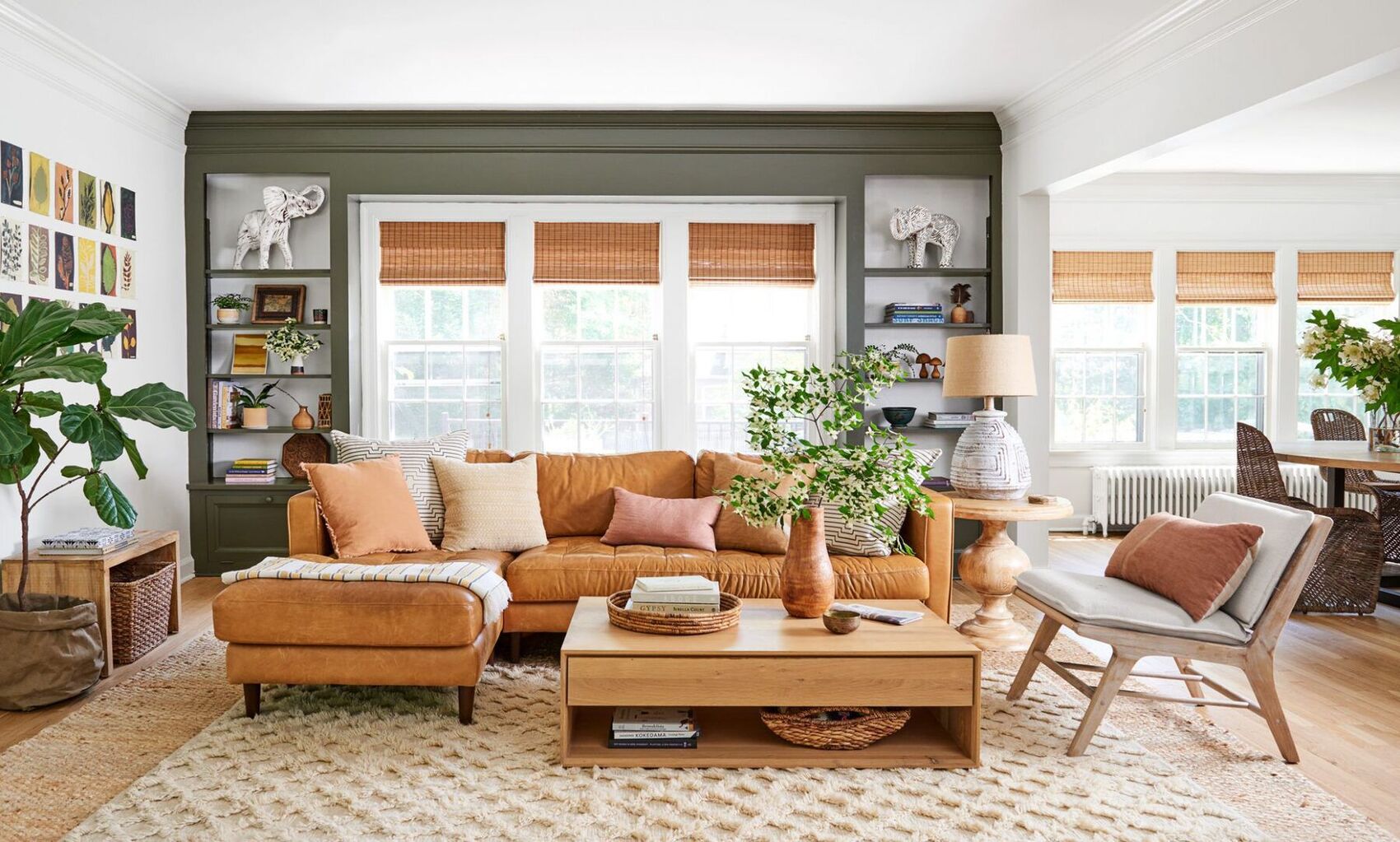
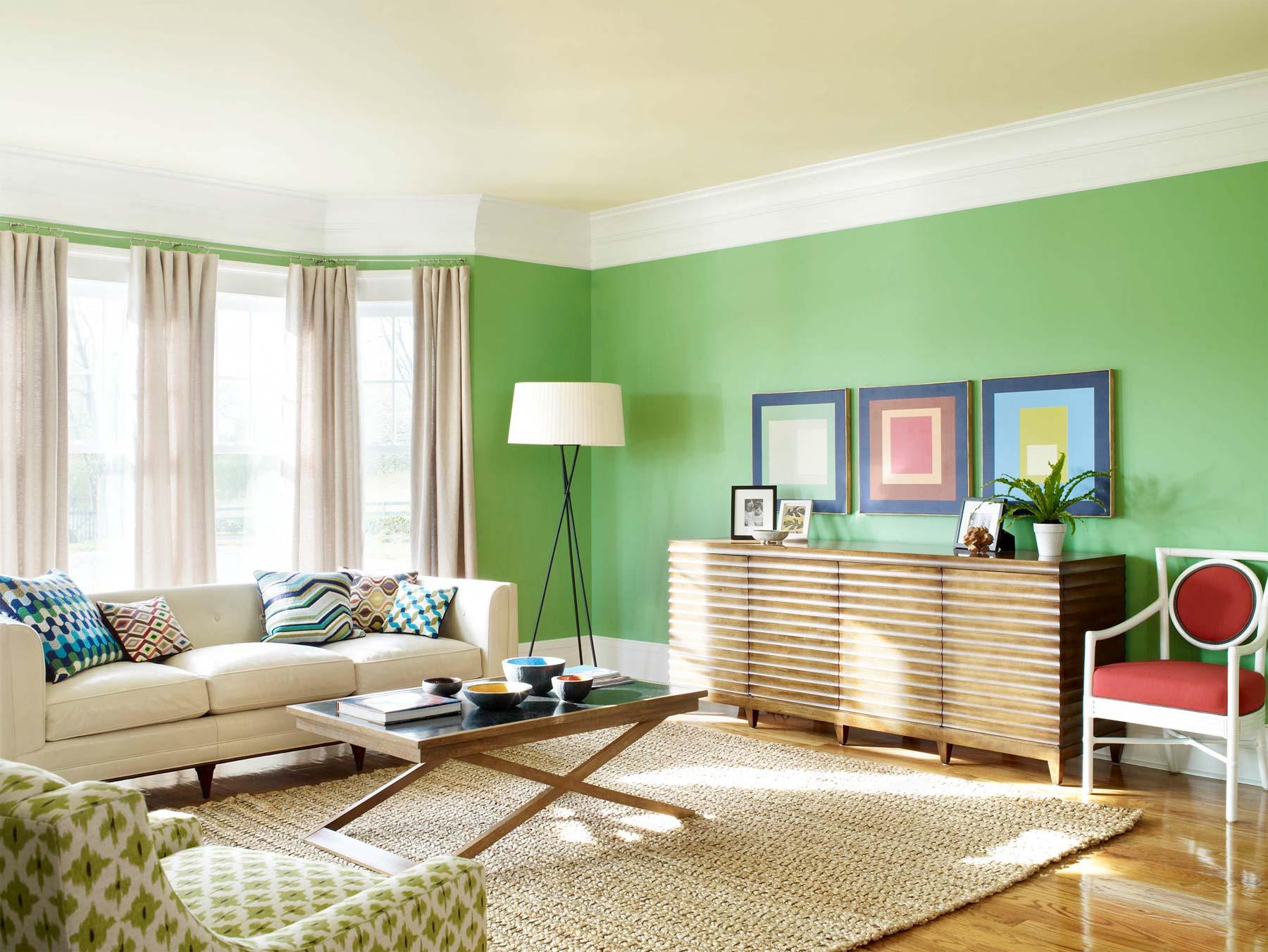
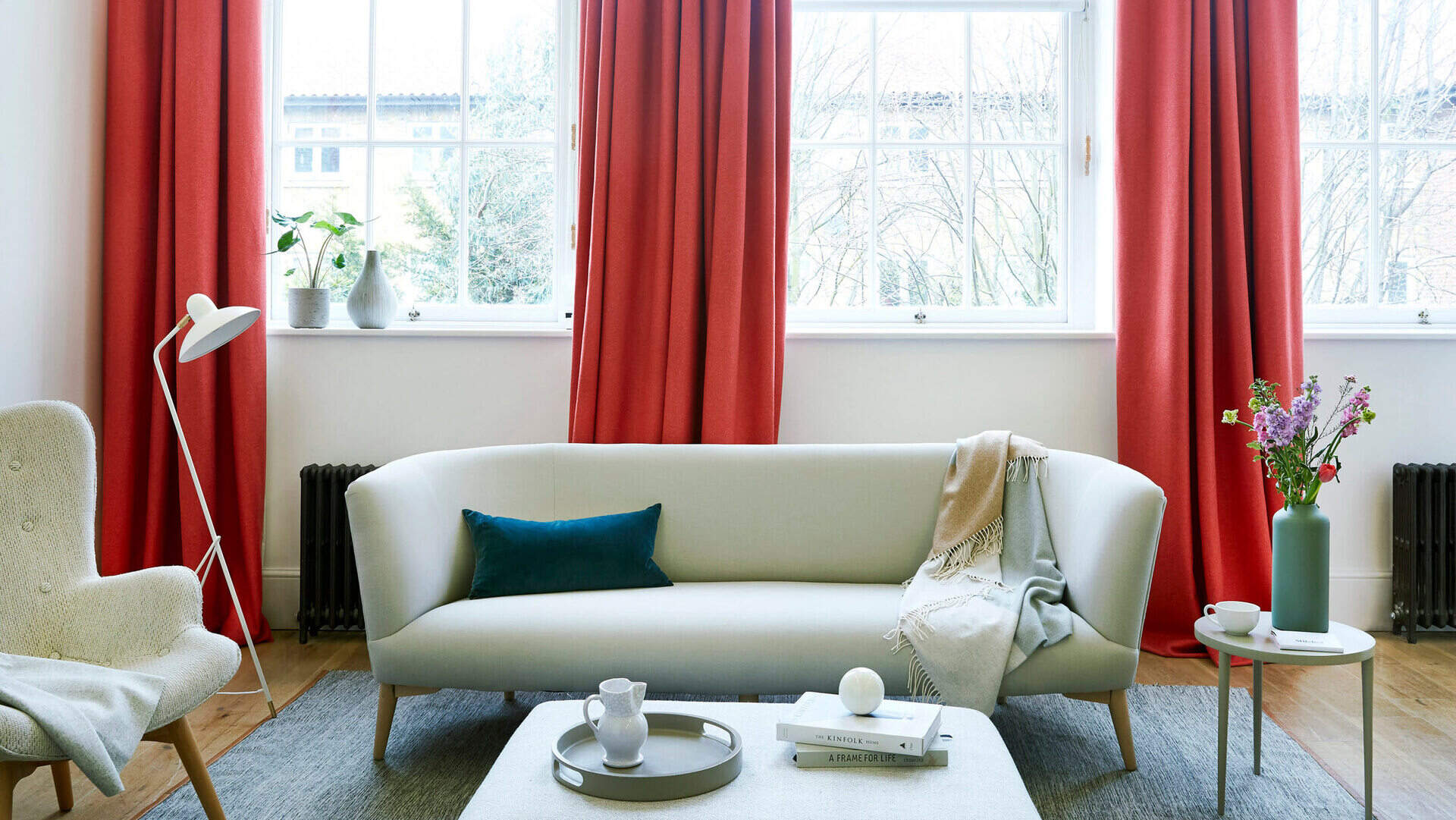

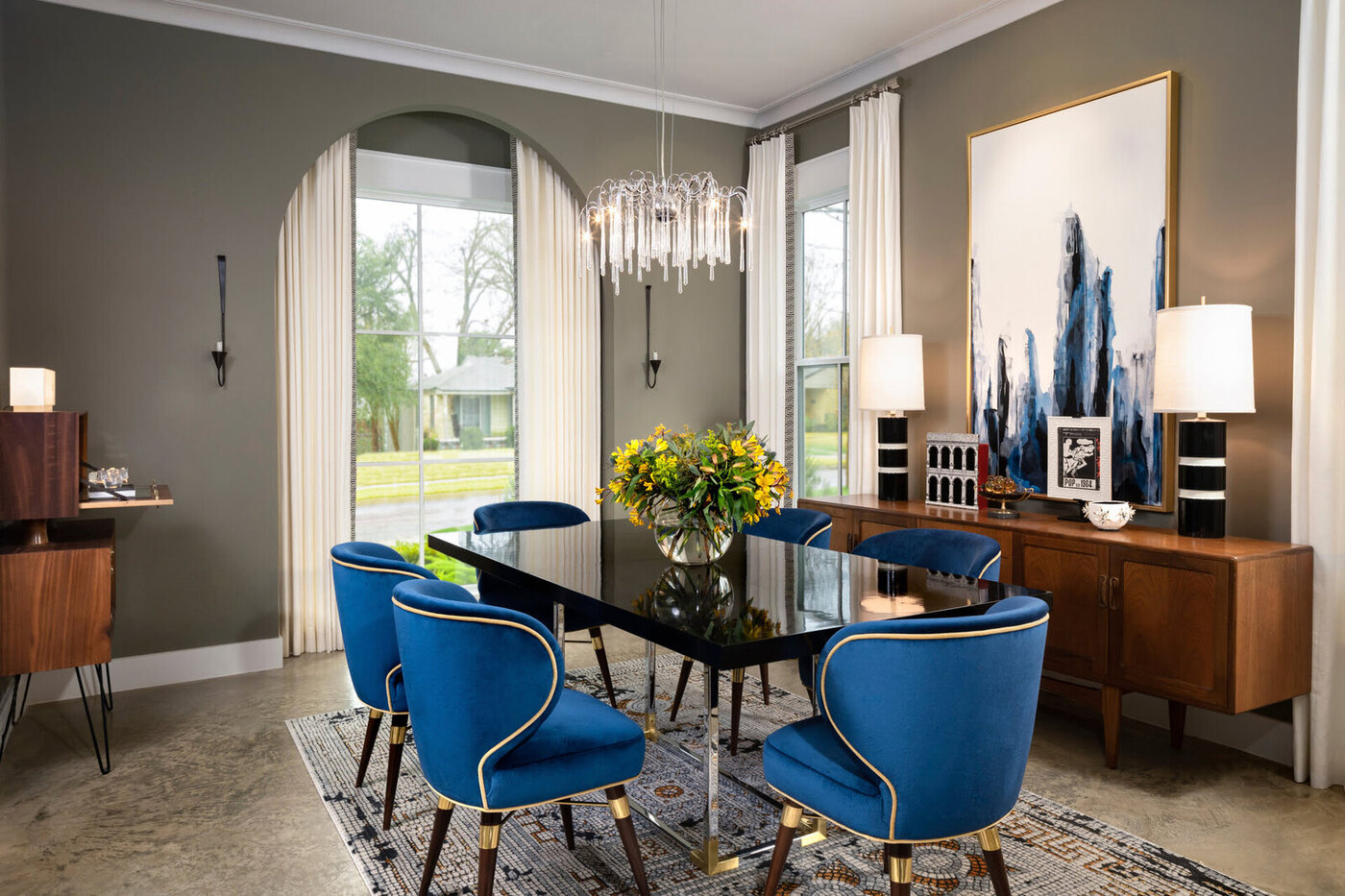
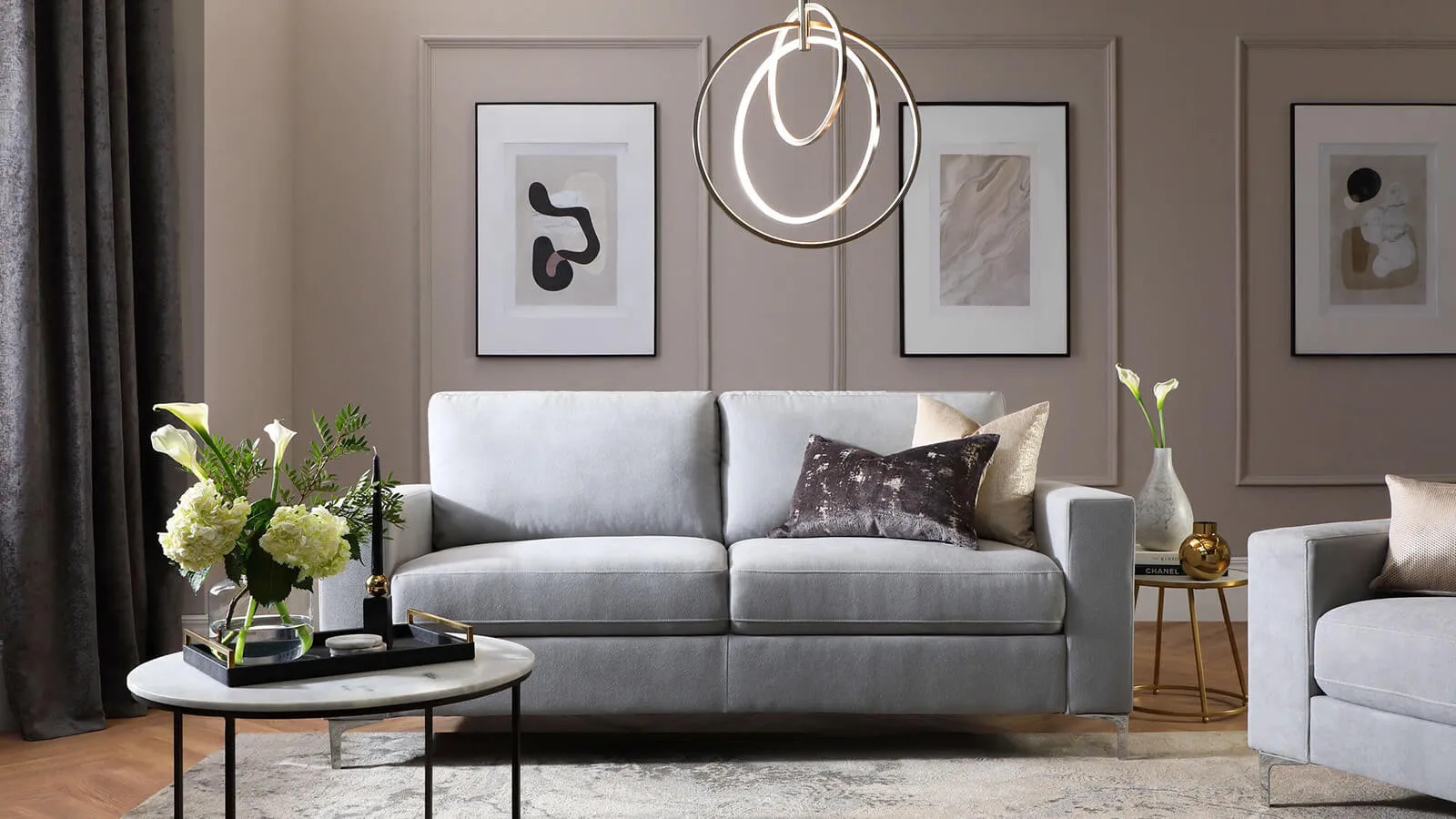
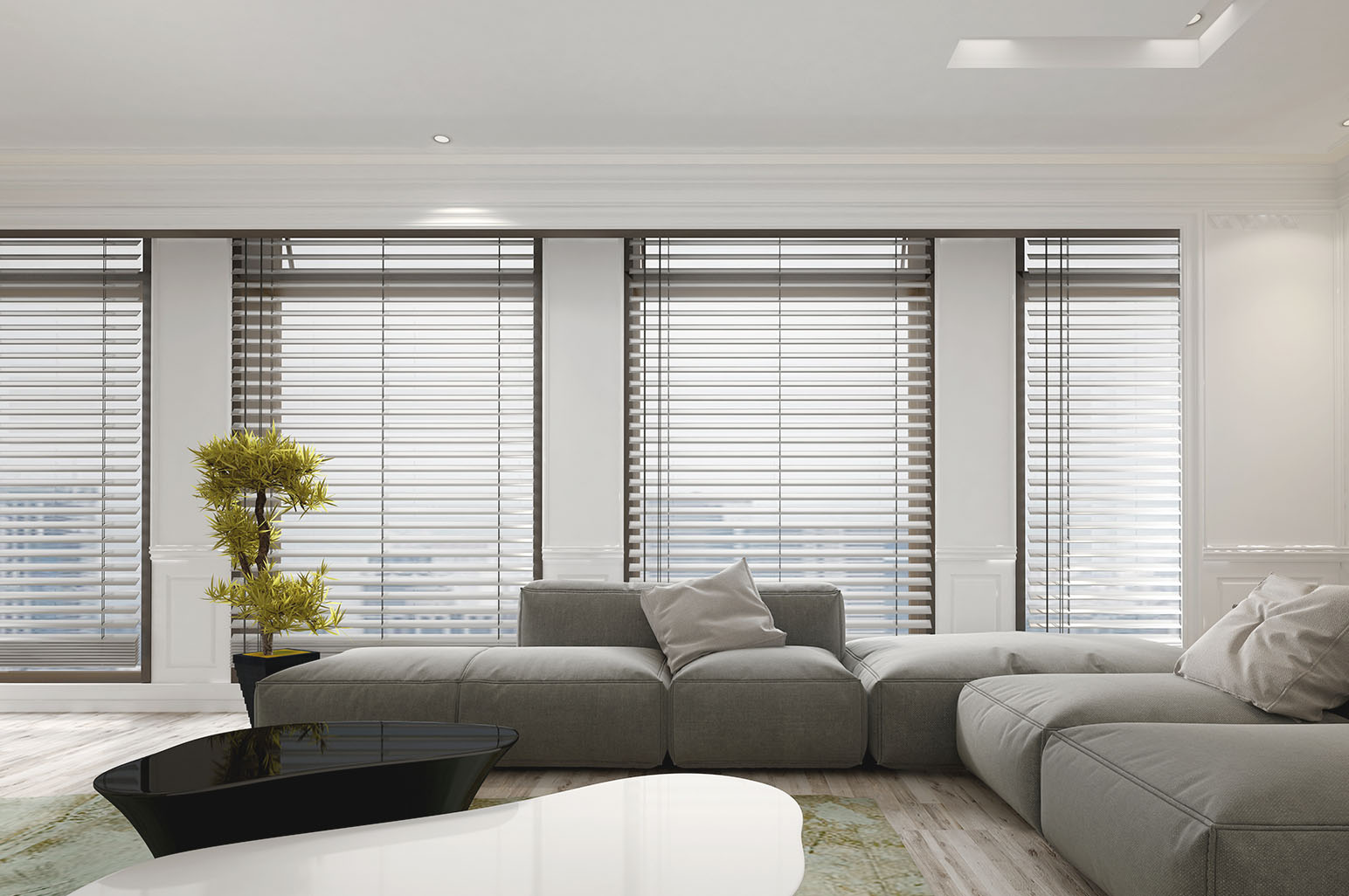
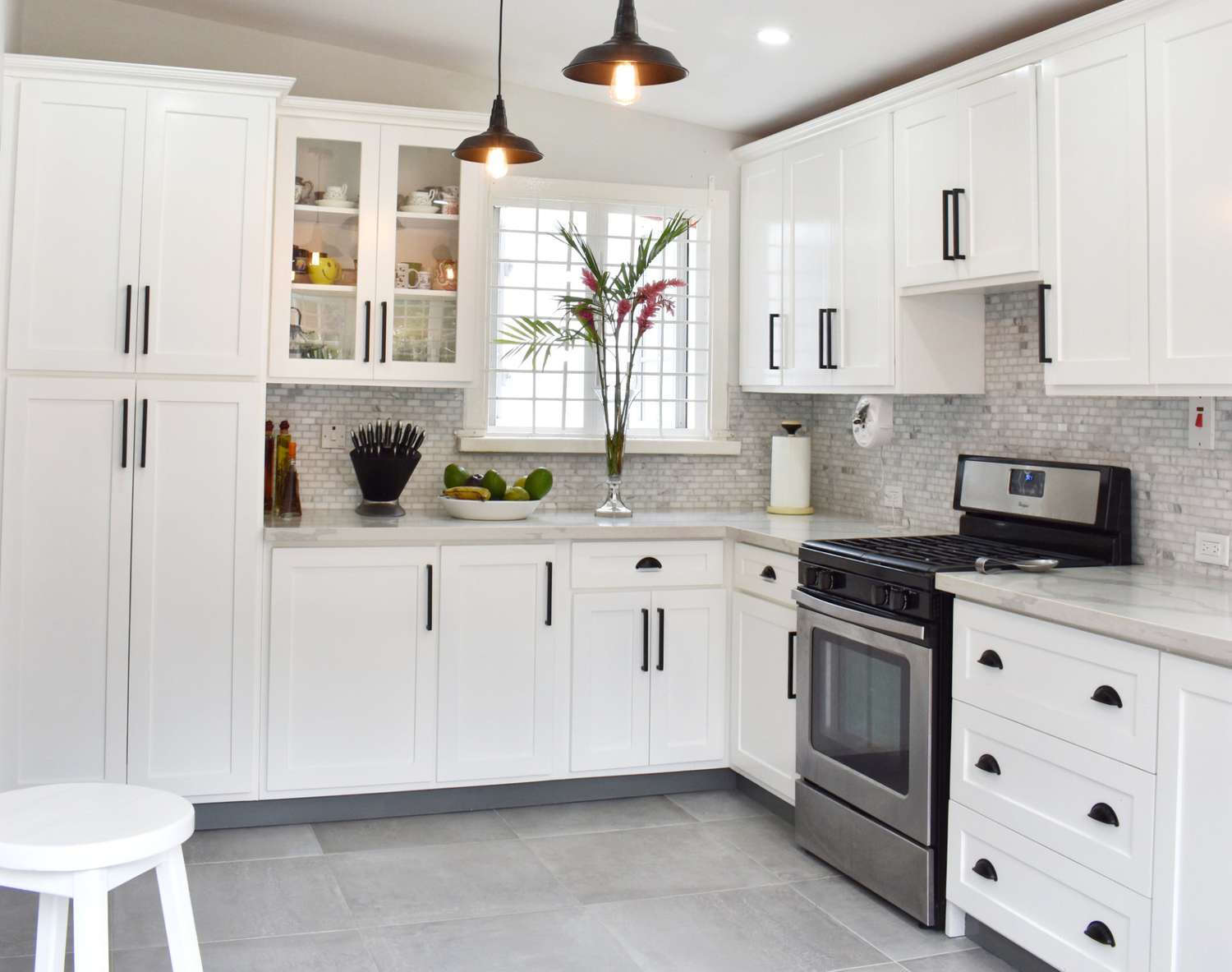
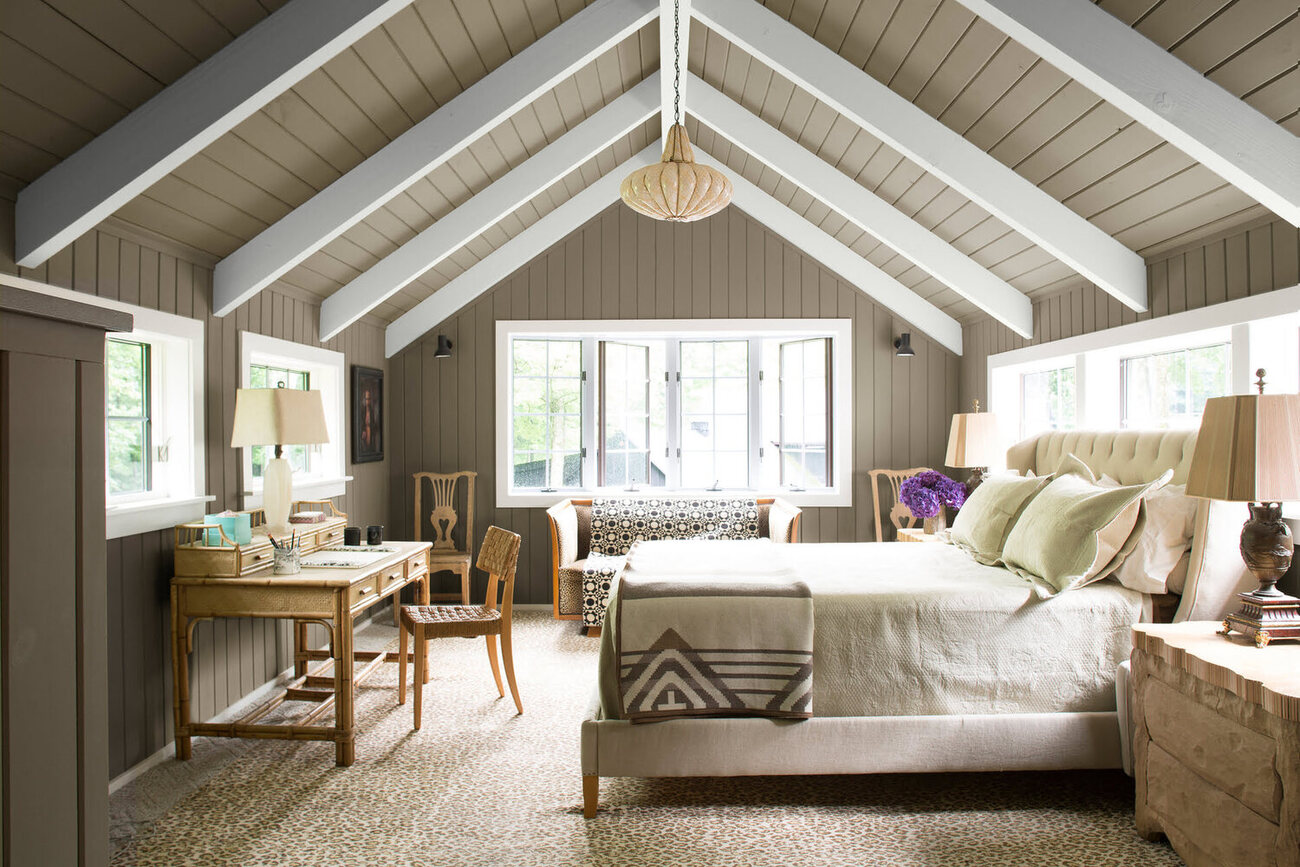
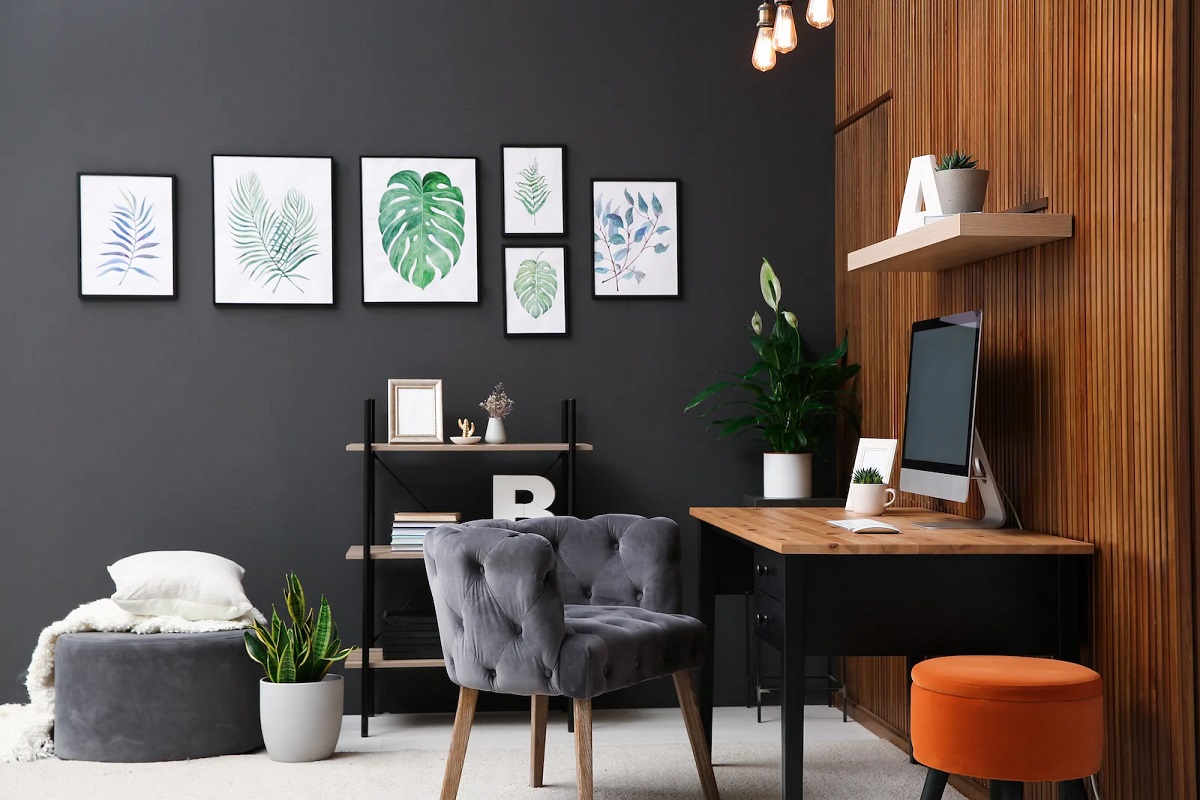



0 thoughts on “What Color Should I Paint The Ceiling”